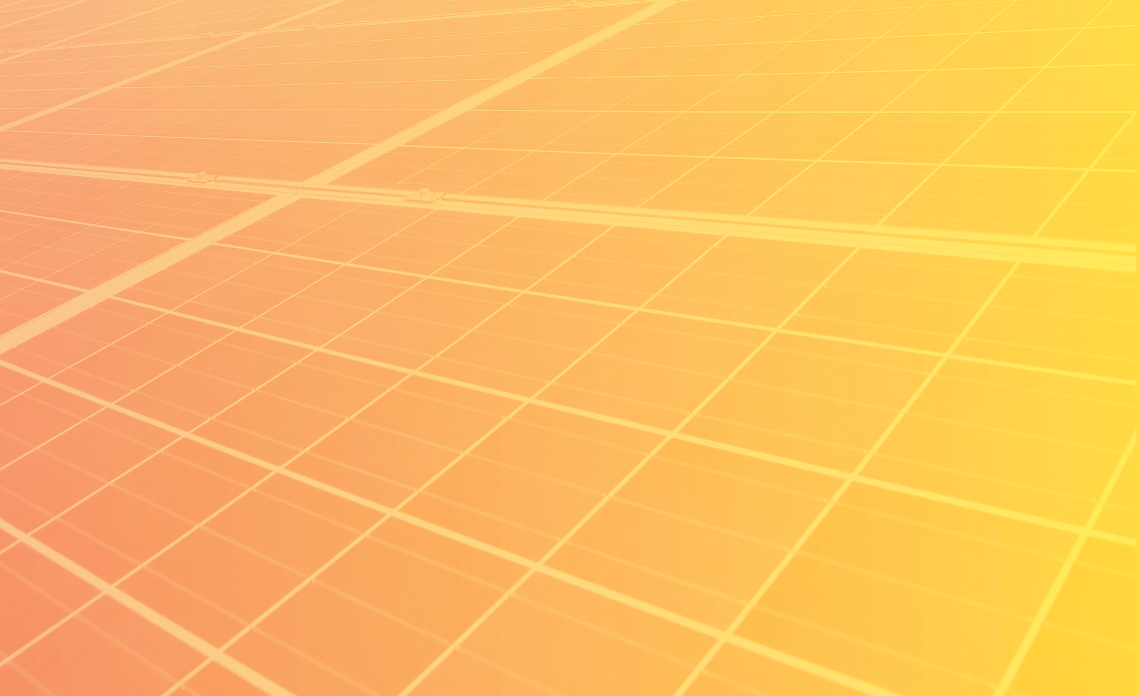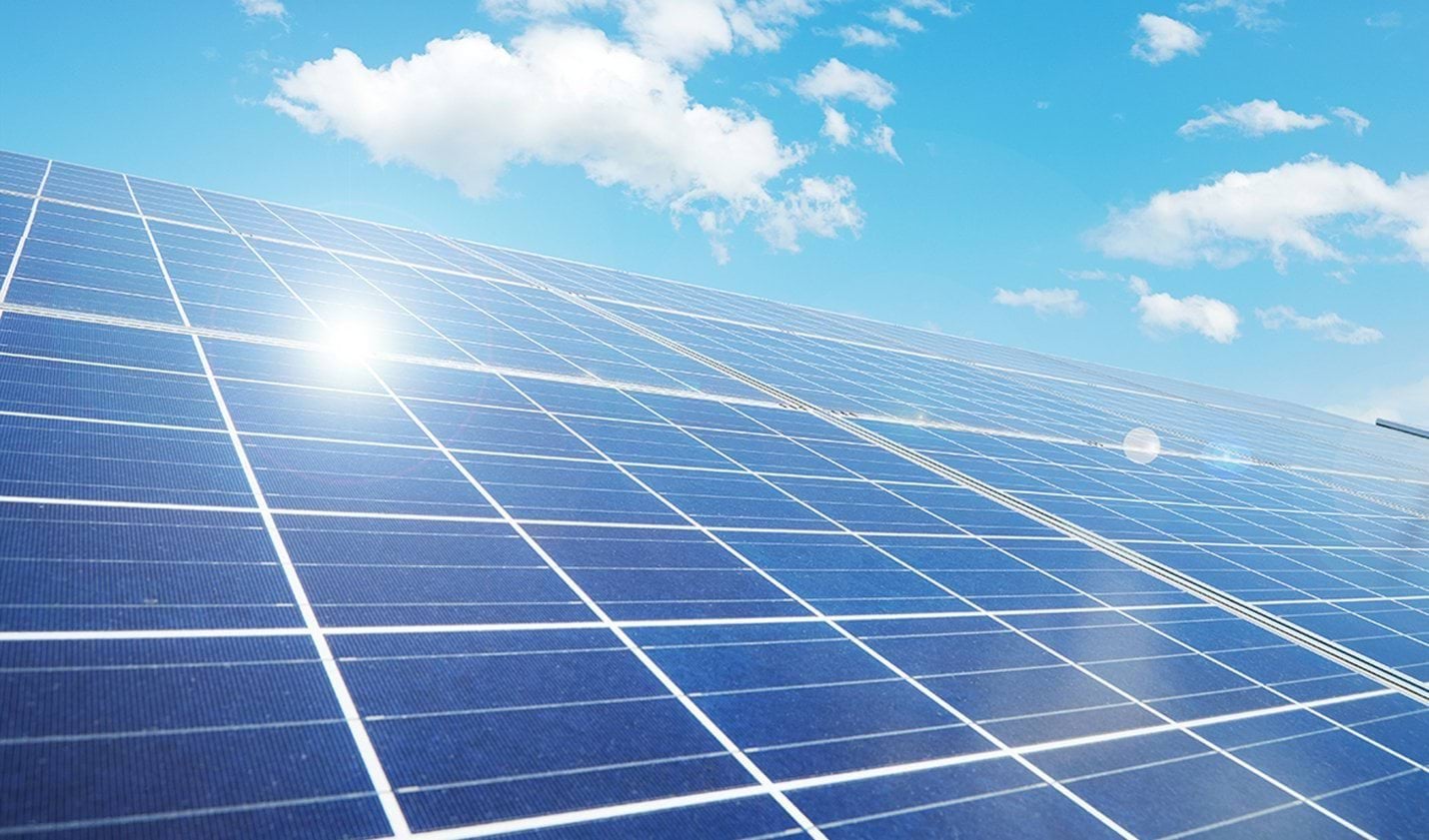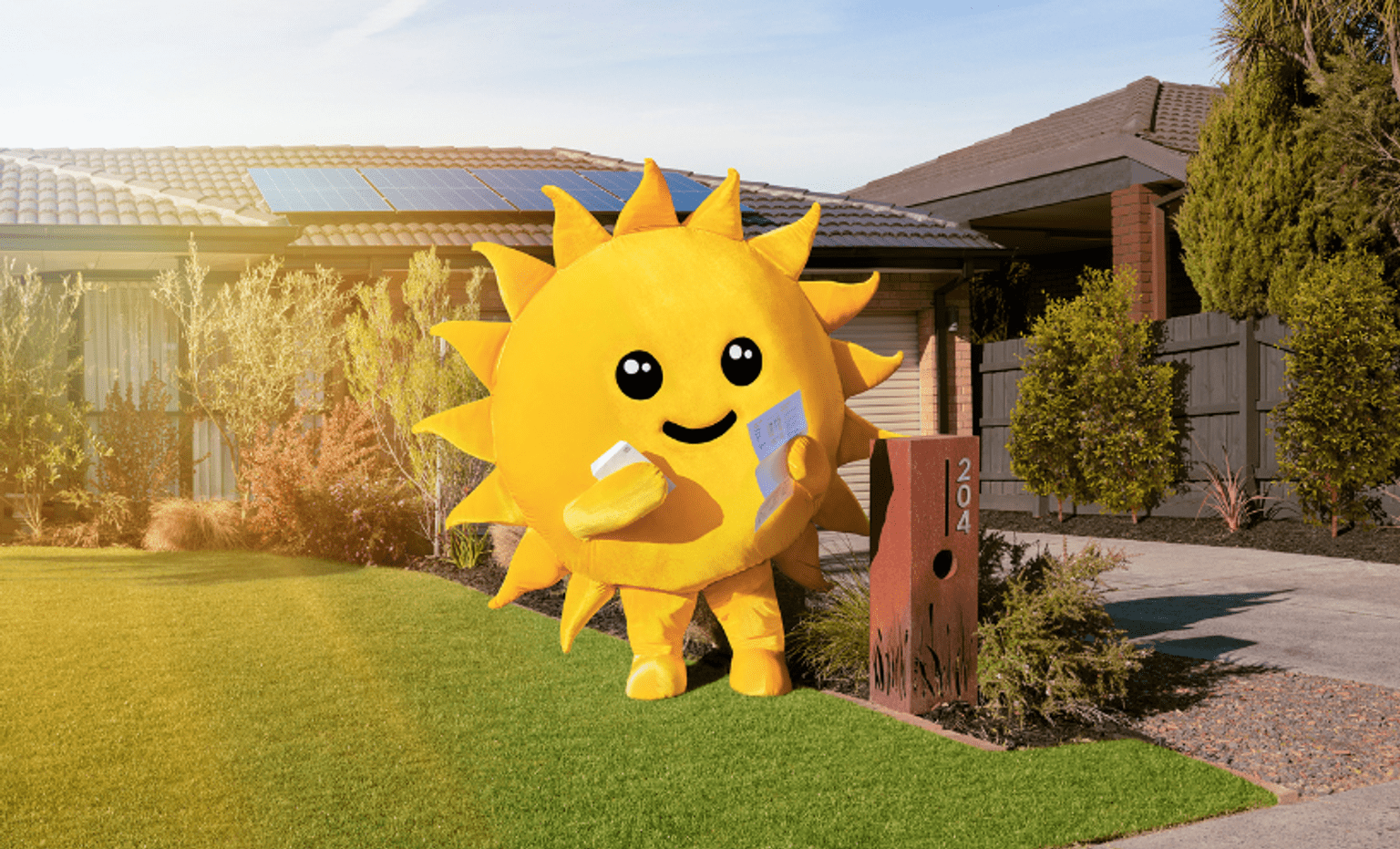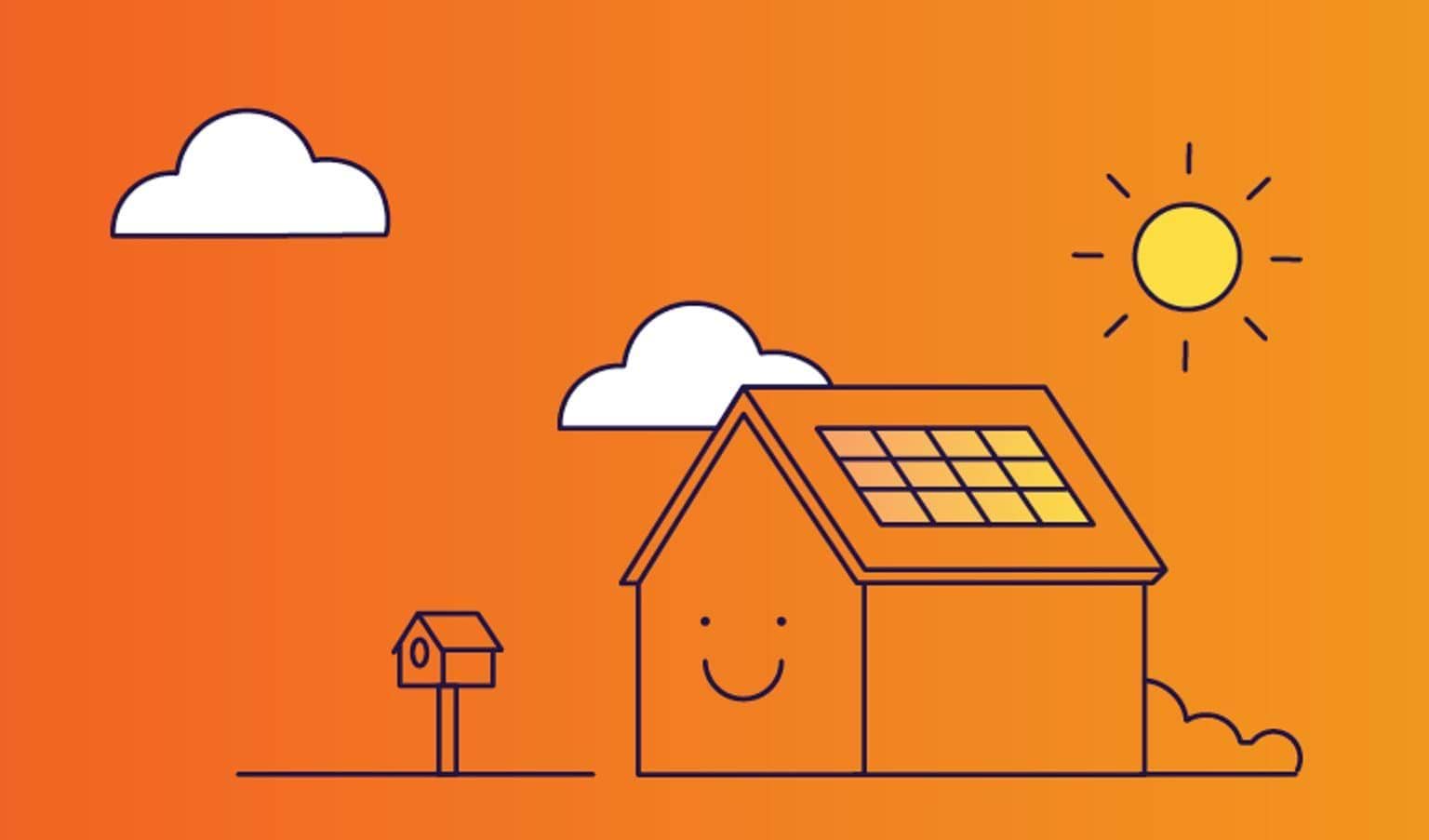Don't take your system for granted so that problems go unnoticed and significantly reduce the benefit you get from solar.
Solar households want to be sure that their new PV system is working as well as it could be. Follow these helpful hints to look after your new system, detect problems and take the right steps if an issue arises.
There are two easy ways to see if your system is working properly: by checking electricity bill and your solar inverter.
Your bill
If there is no export on your bill there may be a problem. For much of the day, your panels generate more electricity than you're using, for example, when you're not home. The excess electricity is automatically fed into your local electricity grid, for which you will receive a feed-in tariff. Your bill will show this feed-in, or export, as a separate item under ‘solar generation’ (in kilowatt hours or ‘kWh’).
Your solar inverter
The solar inverter is a ‘box’ that takes DC electricity from the panels and feeds AC into your switchboard. It's often located on the wall near the switchboard at the front of the house or it might be in the garage or at the side of the house.
Most have a few lights and a small LCD screen on the front. The screen will generally tell you the power being produced at that moment, measured in watts (W) or kilowatts (kW). Most of them have a button that you press to scroll through other information. If the inverter is showing a strange message instead, it’s likely your solar system is inoperative. Inverters shut down at night.
One way to use this watt or kilowatt data is to check how much power your system is generating in the middle of the day. If there are no clouds around, and the outside temperature is above 20 degrees, around midday a north-facing system should be generating close to its maximum power. For example, a five-kilowatt system should be generating close to 5000 watts at midday on a cloudless day.
Don’t be surprised if your inverter reports less than your system's total power, though, as this was rated under laboratory test conditions of bright, direct sunlight and cool air. The inverter might report 80 per cent of the system's rated power instead, however if it’s generating only 50 per cent or less for a few clear days in a row, there is likely to be a problem.
Many solar system panels are organised in two separate groups (or ‘strings’). If your system is generating only half what it should, perhaps one group has become disconnected.
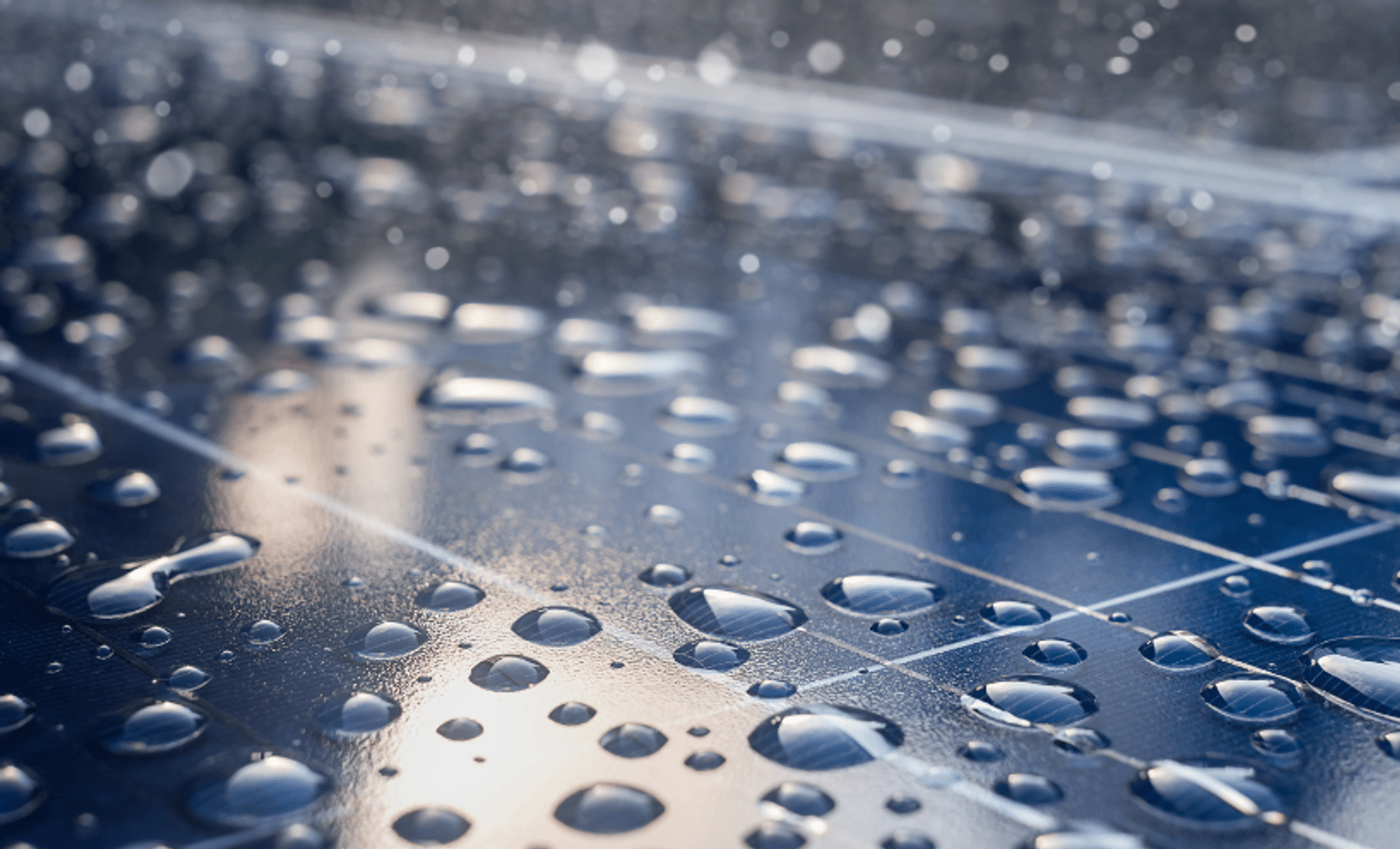
Tips for winter
Top tips to maximise your savings from solar during winter.
Solar monitoring
Modern inverters have a large range of features, including Wi-Fi and ethernet interfaces that enable solar monitoring. Not only can you track how much green energy you've generated, but you can also review your feed-in payments, match generation to usage and check that the system is working—you'll know there's an issue of some kind if output under similar conditions drops off significantly.
Your inverter manufacturer will usually provide you a free (or sometimes requiring a monthly fee) portal for data monitoring. There are also other companies offering remote monitoring services for your solar power system. These generally provide a handy program or app that gives you statistics and charts, and perhaps automatically alert you if they detect that the performance has suddenly dropped.
Identifying the cause of the problem is trickier. Some services claim they can diagnose some faults from their distinctive effect on patterns of solar generation. But to really understand the cause, you'll still need a site inspection.
Read more about solar monitoring options in the Renew magazine article (Solar Monitoring Basics).
Comparing with the neighbours
One way to check your system's performance is to compare it against a similarly-sized system nearby. A good measure is the total energy your system generated on a particular day, measured in kilowatt-hours (kWh). Most inverters report this number, often under a heading such as ‘e-day’. It’s best to check daily energy near dusk, when the inverter is still operating but there's very little generation to come.
Many solar enthusiasts have computers continually monitoring their generation and uploading it to a free community website called pvoutput.org. On this site you can search for a solar system within say 20km of your postcode and see how much energy it generated yesterday in kilowatt-hours.
For example, your inverter reported that yesterday your north-facing 3 kW solar system generated 12.1 kWh of energy. And someone in the next suburb has a 4 kW system (also north-facing) that generated 16.3 kWh yesterday. Allowing for the fact that their solar system is bigger, the two systems performed similarly.
If you find that your solar system is performing much worse than comparable systems, there may be something wrong. Your installer should be the first point of contact in debugging system problems.
Possible causes of under-performance
Updated
